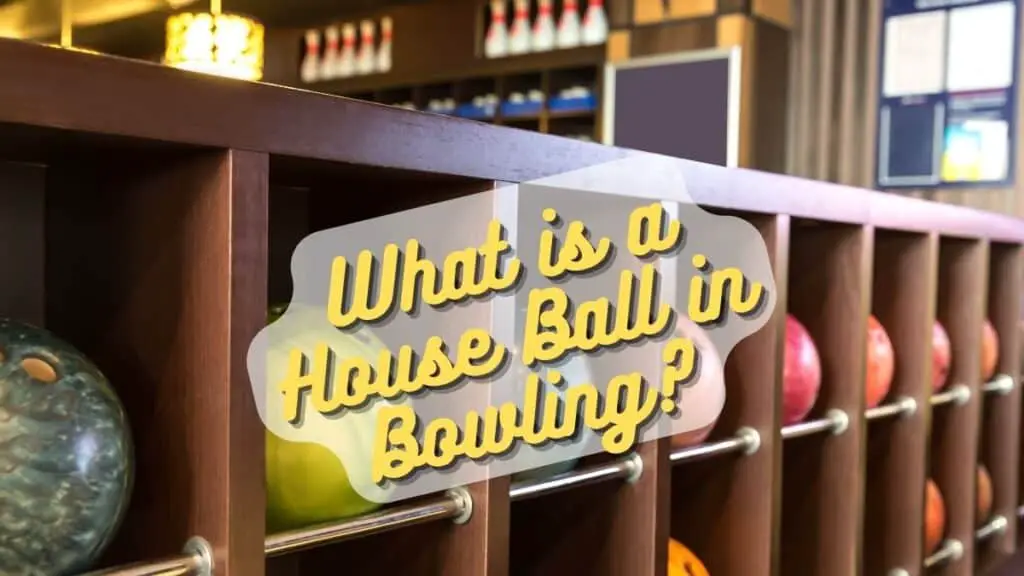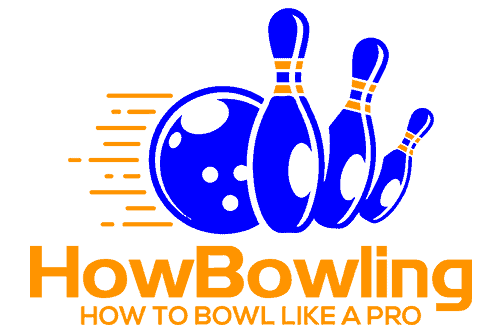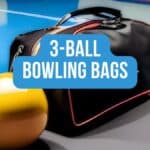If you have just started playing bowling, the first ball you would use is most probably a house ball. While most pro bowlers buy custom-drilled balls, house balls come pre-drilled to fit many people. Since most people only play bowling for recreational purposes, there is no point in investing a lot of money in high-tech bowling gear and equipment.
A house ball in bowling is a ball provided by a bowling center, which is free to use for everyone. House bowling balls are available in various weights and materials. Most bowling houses offer polyester or entry-level urethane balls.
House balls are an excellent option for recreational bowlers. However, since these balls are not optimized for balance, you may find them challenging to control, resulting in inconsistent and erroneous deliveries.
This article will look at the features and specifications of a typical house ball. We will also discuss some of the disadvantages of using a house ball instead of your own ball, and finally, we will dig into how to choose the right bowling ball at the bowling alley.

What Type of Bowling Ball is a House Ball?
It has been observed that most house balls available for bowlers at bowling alleys are made of polyester and offer a conventional grip. While most pro bowlers don’t use the conventional grip anymore, it is the recommended grip for beginners because it makes it easier to control the ball.
Almost all house balls come with a polished, shiny surface. These balls are meant for straight-shooting because of a very low hook potential. This is because plastic or polyester offers the least friction on the lane.
If you plan on using a house ball, expect a long skid on the lane but a more controllable backend. House balls are typically meant to be used in house lane conditions. A house oil pattern is not very challenging and helps bowlers easily score high. So, a house ball is perfectly fine to use on a house lane.
Should You Use the House Ball or Bring Your Own?
Using a house ball is just fine if you are just a recreational bowler. These balls are available in wide varieties so that you can choose one according to your needs. However, there are also a few disadvantages to using a house ball when bowling. Let’s look at these disadvantages.
House balls come pre-drilled, so you cannot customize the hole sizes and distances to fit your hand. In addition, you may find this ball difficult to lift and grip because of its uneven weight distribution and holes drilled to fit people of different sizes and ages.
Because of the same reason, a house ball feels heavier than a custom-drilled ball of the same weight. Moreover, since everyone is using these balls to play, you can expect some damages and defects in them, which can significantly impact your performance.
You won’t be able to make a plastic ball hook unless you are ready to shake your arm as fast as you can when releasing the ball onto the lane. So, with such a ball, all you can do is throw a straight delivery. However, it’s not as bad as it sounds because such balls are used as spare balls even by the most serious bowlers.
Some bowling houses also offer entry-level urethane balls to their bowlers. So you can try your hands on it if you are learning to hook. However, remember that such a ball may not suit the oil conditions you’re bowling on.
It is recommended to keep using a house ball until you reach a 150 average. These balls are good enough for learning the fundamentals and getting a feel for different lane conditions. However, buying your own ball that offers the best fit and grip is recommended if you wish to take up bowling professionally.
When you buy your own bowling ball, you completely control your game. You can choose the weight, size, and color of your ball. You can also have the ball customized to fit your hand and grip. This way, you can ensure that you are using a ball that is comfortable for you and one you can easily control.
How to Choose the Right House Ball?
While it’s true that most house balls are economical and low-performance balls, that doesn’t mean you can’t perform well on the lane using one of these balls. The point is to choose the right ball, which fits your hand and is also of an appropriate weight.
First-time bowlers usually go for a heavier house ball because such a ball carries more power and is more impactful on the lane. However, heavy balls are also difficult to control and are not suitable for beginners. Therefore, choosing a ball that feels comfortable in your hand and is easy to lift will be your best bet with house balls.
Also, a lightweight house ball will be better if you plan on throwing a straight ball. Whether you are aiming for a spare or a strike, choosing the same weight ball is preferable. This way, you won’t need to adjust the speed of your throw and would also be familiar with the grip.
It is recommended to choose a ball that allows you to insert and remove your thumb and fingers easily. However, it would help if you also saw that the grip is not so light. Otherwise, you won’t be able to control the ball.
For some people, the ball’s color also plays an important role in preparing them for the shot. While bowling ball colors have no significance when it comes to performance, you can go for a ball that looks attractive to the eye just for a sense of satisfaction.
Finally, you can practice with different house balls available at your disposal to see which one feels more comfortable in your hand. What matters is how relaxed you are and how much you enjoy your game. So, just go for a ball that you think best suits your bowling style.





